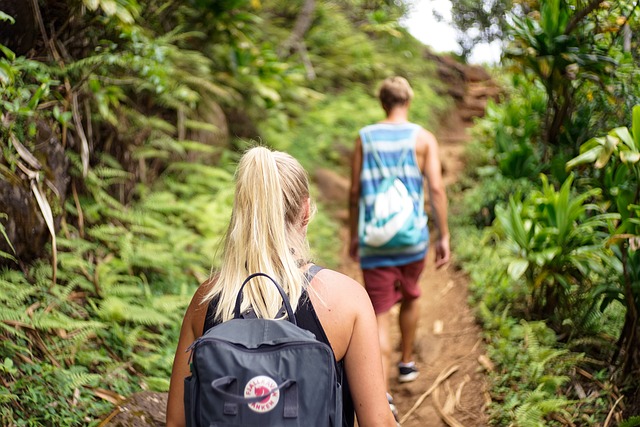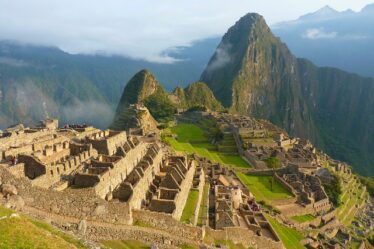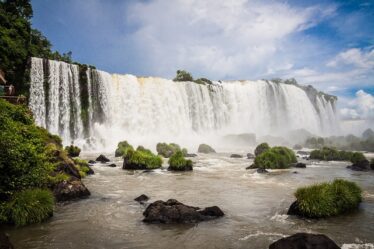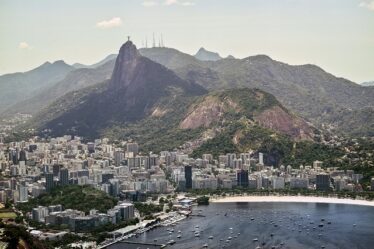
The Amazon Rainforest, one of the world’s most biodiverse regions, stretches across several South American countries, with Brazil, Peru, and Colombia hosting significant portions. This vast and lush rainforest, often referred to as the “lungs of the Earth,” plays a critical role in regulating the global climate and is home to countless species of flora and fauna. Exploring the Amazon offers a unique opportunity to experience pristine nature, vibrant indigenous cultures, and remarkable wildlife. This detailed guide delves into the wonders of the Amazon Rainforest, focusing on its distinct regions in Brazil, Peru, and Colombia.
The Amazon Rainforest: An Overview
Ecological Importance
The Amazon Rainforest is the largest tropical rainforest in the world, covering approximately 5.5 million square kilometers. It produces about 20% of the world’s oxygen and houses 10% of the planet’s known biodiversity. The forest acts as a massive carbon sink, helping to mitigate the effects of climate change.
Biodiversity
The Amazon is home to an estimated 390 billion individual trees and thousands of plant species. It supports a rich diversity of wildlife, including jaguars, sloths, pink river dolphins, anacondas, and numerous bird species. The rainforest also harbors countless insects and microorganisms, many of which are yet to be discovered.
Indigenous Cultures
Indigenous communities have inhabited the Amazon for thousands of years. These communities maintain a deep connection to the land and possess extensive knowledge of the rainforest’s resources. Visiting the Amazon offers a chance to learn about their traditional lifestyles, customs, and sustainable practices.
Exploring the Amazon in Brazil
Manaus: Gateway to the Amazon
Manaus, the capital of the Amazonas state, serves as the primary gateway to the Brazilian Amazon. This bustling city is situated at the confluence of the Rio Negro and the Amazon River. Key attractions include:
- Meeting of the Waters: Witness the dramatic confluence of the dark Rio Negro and the sandy-colored Amazon River, which flow side by side without mixing for several kilometers.
- Amazon Theatre: A stunning opera house reflecting the city’s rubber boom era.
- Adolpho Lisboa Market: An iconic market offering a variety of local products and delicacies.
Amazon River Cruises
Embark on an Amazon River cruise to explore the heart of the rainforest. These cruises offer comfortable accommodations and guided excursions, including wildlife spotting, piranha fishing, and visits to indigenous communities. Popular routes often include stops at:
- Anavilhanas Archipelago: One of the world’s largest river archipelagos, featuring a maze of islands, rivers, and flooded forests.
- Jaú National Park: A UNESCO World Heritage site known for its pristine wilderness and rich biodiversity.
Amazon Jungle Lodges
For a more immersive experience, stay at one of the many jungle lodges accessible from Manaus. These lodges offer guided tours and activities such as canoeing, night safaris, and rainforest hikes. Notable lodges include:
- Ariaú Amazon Towers: A treetop lodge offering panoramic views of the forest canopy.
- Juma Lodge: Located in a remote area, providing an authentic rainforest experience.
Exploring the Amazon in Peru
Iquitos: The Largest City in the Peruvian Amazon
Iquitos, accessible only by air or river, is the largest city in the Peruvian Amazon. It serves as a hub for Amazon explorations, offering a range of tours and activities. Key attractions in Iquitos include:
- Belén Floating Market: A vibrant market where locals sell fresh produce, fish, and handicrafts.
- Manatee Rescue Center: A rehabilitation center dedicated to rescuing and rehabilitating orphaned and injured manatees.
Pacaya-Samiria National Reserve
Pacaya-Samiria National Reserve, one of the largest protected areas in Peru, is known for its remarkable biodiversity and stunning landscapes. Activities within the reserve include:
- Wildlife Watching: Spot pink river dolphins, caimans, and a variety of bird species.
- Eco-Lodges: Stay at eco-friendly lodges that offer guided tours and cultural experiences.
Tambopata National Reserve
Located in southeastern Peru, Tambopata National Reserve is another prime destination for Amazon explorations. The reserve is renowned for its diverse wildlife, including macaws, giant otters, and jaguars. Highlights include:
- Macaw Clay Licks: Witness hundreds of macaws and parrots gather to feed on mineral-rich clay.
- Canopy Walkways: Explore the rainforest canopy and observe wildlife from elevated walkways.
Exploring the Amazon in Colombia
Leticia: The Heart of the Colombian Amazon
Leticia, the capital of the Amazonas department, is the main entry point for exploring the Colombian Amazon. The city is situated near the tri-border area of Colombia, Brazil, and Peru. Key attractions in Leticia include:
- Santander Park: Known for its evening parrot spectacle, where thousands of parrots return to roost.
- Amazon River Excursions: Boat tours on the Amazon River offer opportunities for wildlife spotting and visits to indigenous communities.
Amacayacu National Park
Amacayacu National Park, located near Leticia, is a haven for biodiversity. The park’s varied ecosystems support a wide range of wildlife, including primates, birds, and aquatic species. Activities in the park include:
- Guided Jungle Hikes: Explore the lush rainforest and learn about its flora and fauna.
- Cultural Encounters: Visit indigenous communities and learn about their traditions and sustainable practices.
Puerto Nariño
Puerto Nariño, a small eco-friendly town near Leticia, offers a tranquil retreat with a focus on sustainability. The town is free of motorized vehicles and is known for its community-based tourism initiatives. Highlights include:
- Lago Tarapoto: A picturesque lake where visitors can spot pink river dolphins and other wildlife.
- Ethnobotanical Gardens: Learn about the medicinal plants used by local indigenous communities.
Practical Tips for Visiting the Amazon
Best Time to Visit
The Amazon Rainforest can be visited year-round, but the best time to visit depends on your interests:
- Dry Season (June to November): Ideal for trekking and wildlife spotting as water levels are lower.
- Wet Season (December to May): Best for river cruises and exploring flooded forests, although some areas may be inaccessible due to high water levels.
Health and Safety
- Vaccinations: Ensure you are up to date on routine vaccinations and consider additional vaccines such as yellow fever, typhoid, and hepatitis A and B.
- Malaria and Dengue: Use insect repellent, wear long sleeves and pants, and consider taking antimalarial medication.
- Travel Insurance: Comprehensive travel insurance is recommended to cover medical emergencies, trip cancellations, and other unforeseen events.
Packing Essentials
- Lightweight Clothing: Breathable and quick-drying clothing is ideal for the humid rainforest climate.
- Rain Gear: A waterproof jacket and rain poncho are essential, especially during the wet season.
- Footwear: Sturdy, waterproof hiking boots or shoes are recommended for jungle treks.
- Insect Repellent: Essential for protecting against mosquito bites and other insects.
- Binoculars and Camera: Useful for wildlife spotting and capturing the beauty of the rainforest.
Conclusion
The Amazon Rainforest offers an unparalleled adventure through its diverse ecosystems, rich cultural heritage, and incredible biodiversity. Whether exploring the dense jungles of Brazil, the pristine reserves of Peru, or the vibrant communities of Colombia, a journey to the Amazon is an unforgettable experience. Embrace the spirit of adventure, respect the natural environment, and immerse yourself in the wonders of one of the world’s most extraordinary landscapes.


